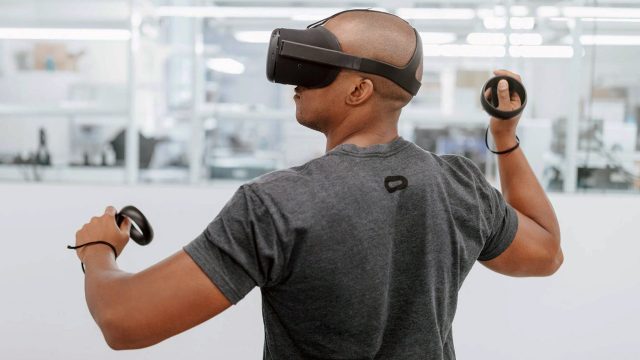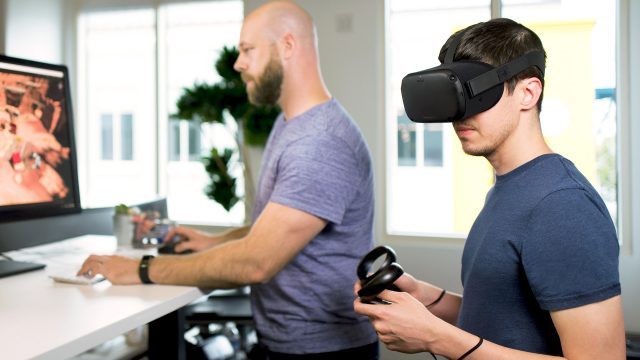MakerBot has fixed some major issues and upgraded some key aspects of its technology with the latest version of its flagship desktop 3D printer, the Replicator+.
The company claims the MakerBot Replicator+ prints 30% faster than its predecessor and that it has a 25% larger build volume — an area of 11.6-in. x 7.6-in x 6.5-in. The machine’s gantry and z-stage rails, on which the print head moves back and forth and side to side, were also redesigned for greater precision and reliability, according to MakerBot.
MakerBot
While I did see some marked improvements in this sixth generation of the Replicator line of desktop printers, it still fell short of my expectations in both print quality and speed. But let’s talk about some of the pluses first.
As with past MakerBot Replicator desktop 3D printers, this is one of the best-looking machines on the market. The Replicator+ and its Smart Extruder+ are well-designed products and have lots of bells and whistles, such as an onboard camera with 640p x 480p resolution that allows you to watch objects being printed from your desktop or mobile device.
The 40.4-lb. 3D printer is substantial. It has a smart look with its black plastic unibody and LED-lit interior. The filament reel loads onto a rack that slides down and disappears into a rear compartment, which also saves space.
The Smart Extruder+ comes with its own processor and has a sensor system that communicates with the MakerBot Desktop application (available for OS X or Windows) and the MakerBot Mobile app (for iOS or Android) to keep users informed about the status of a print wherever they go. For example, the filament detection sensor notifies users — on their computer or smartphone — when filament is absent and automatically pauses to enable print recovery.
MakerBot
Another attribute is how the Smart Extruder+, which I reviewed earlier this year, simply attaches itself magnetically to its mount for easy cleaning or change out.
MakerBot is also the founder of the industry’s oldest and most robust user community website, Thingiverse, which offers makers the ability to download hundreds of thousands of printable designs.





